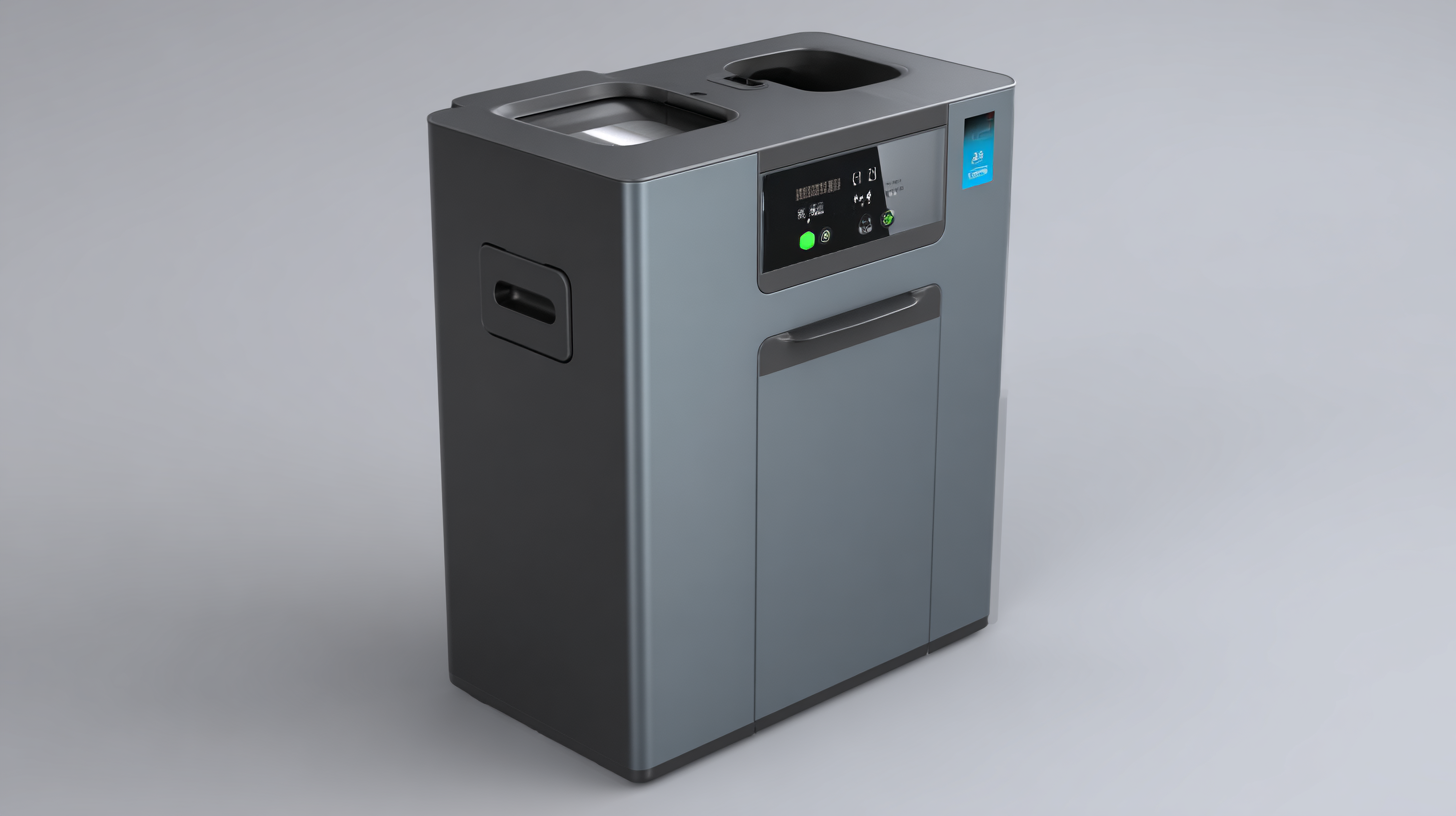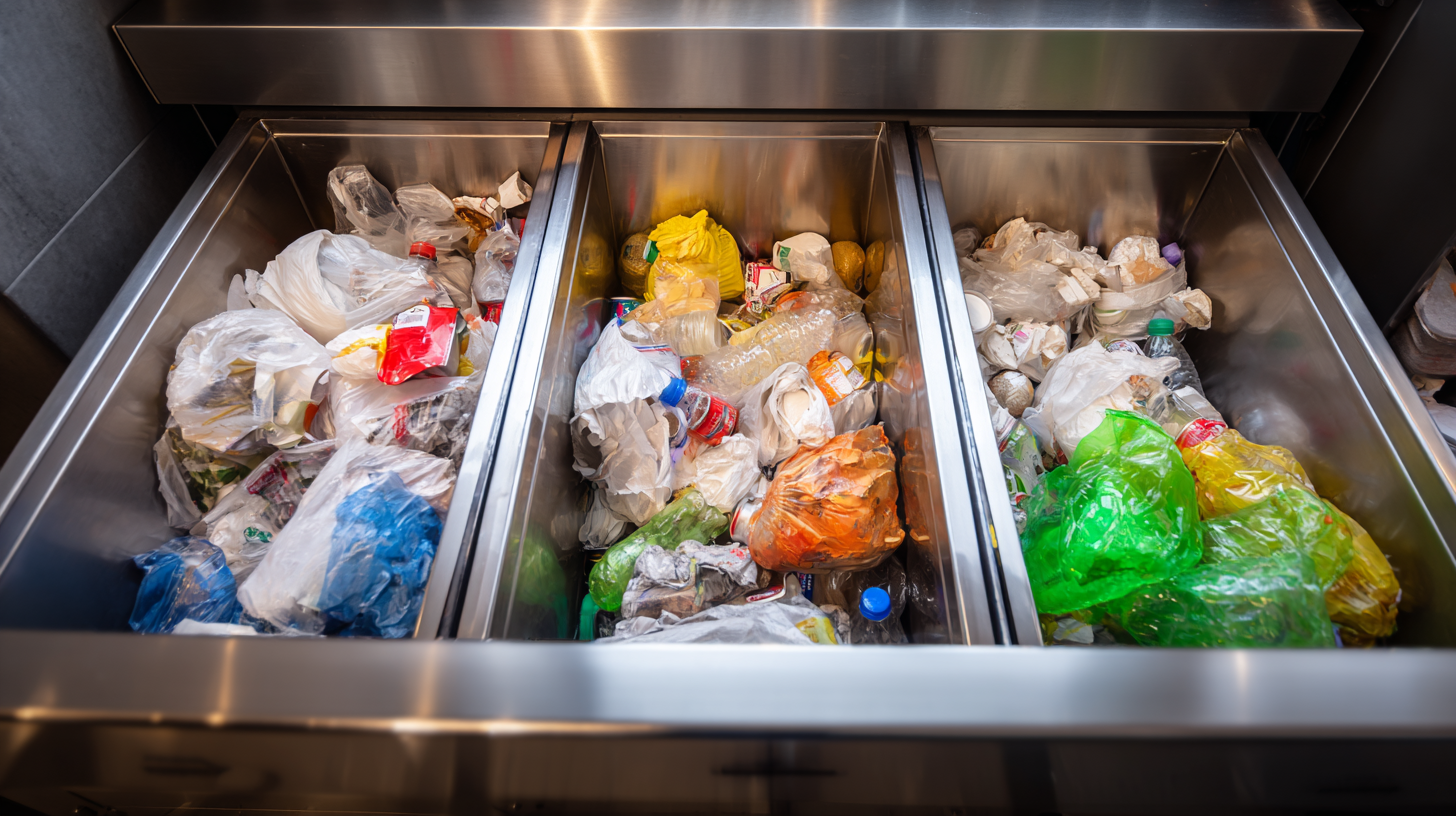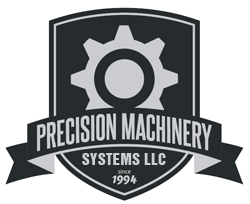Solutions for Efficiently Managing Household Waste with the Best Home Waste Compactor
As the world grapples with increasing waste production and the pressing need for sustainable solutions, managing household waste efficiently has become more crucial than ever. The evolution of home waste management technology has led to the rise of innovative tools like the Home Waste Compactor, which not only helps reduce the volume of waste but also promotes eco-friendly practices within the household. In this blog, we will explore the latest industry trends for 2025, focusing on the advancements in waste compacting technology and its impact on improving waste management. Additionally, we'll provide practical tips on how to effectively utilize a Home Waste Compactor to streamline your waste disposal process, making it easier for families to adopt greener habits. Join us as we delve into the future of waste management and discover how a simple device can transform your home and contribute to a cleaner environment.

Understanding the Importance of Household Waste Management for Sustainability
Household waste management is crucial for sustaining our environment and reducing our ecological footprint. As we generate significant amounts of waste daily, efficient management practices can have a profound impact on our local ecosystems and global sustainability efforts. By incorporating waste reduction strategies, we can minimize landfill contributions and promote resource conservation.

One effective solution is to invest in a high-quality home waste compactor. These devices not only reduce the volume of waste but also streamline the disposal process by compressing materials, making it easier to manage rubbish. Tips for using a home waste compactor effectively include separating recyclables from general waste before compacting, ensuring that only appropriate materials are fed into the compactor to prevent damage, and regularly cleaning the compactor to maintain hygiene and efficiency.
In addition to using a compactor, adopting a waste hierarchy can further enhance household waste management. Prioritize reducing waste by buying only what you need, reusing items wherever possible, recycling materials, and composting organic waste. Implementing these strategies collectively contributes to a more sustainable lifestyle and helps preserve our planet for future generations.
Key Features to Look for in a High-Quality Home Waste Compactor
When considering a home waste compactor, several key features can enhance its efficiency and usability. First and foremost, look for a model with a powerful motor and a high compressing ratio. This will ensure that your waste is compacted effectively, reducing the frequency of disposal and saving space. A larger capacity bin is also essential, as it means you can store more waste before needing to empty it, making it ideal for busy households.
Another important feature is ease of use. Opt for a compactor with user-friendly controls and an intuitive design, which allows for straightforward operation even for those unfamiliar with such devices. Additionally, noise levels should be considered; quieter models will make for a more pleasant kitchen environment. Finally, safety features such as automatic shut-off mechanisms and child safety locks are critical, especially in homes with young children. With these features in mind, you can ensure that your home waste compactor meets your needs while effectively managing household waste.
How a Waste Compactor Can Save Space and Reduce Odors in Your Home
Managing household waste efficiently can significantly enhance the quality of your home environment. One of the most effective solutions for waste management is the use of a home waste compactor. These appliances are designed to compress waste into a smaller volume, which not only optimizes your trash storage but also minimizes unpleasant odors that often accompany cluttered garbage bags.
Using a waste compactor can greatly reduce the frequency of trips to the outdoor garbage bin. To maximize its effectiveness, consider sealing food waste in biodegradable bags before compacting. This will help isolate strong smells and keep your home smelling fresh. Additionally, regularly cleaning the compactor will prevent any lingering odors. A simple scrub with a vinegar and water solution can work wonders.
Another tip for efficient waste management is to sort recyclables from general waste before using your compactor. This habit not only fosters sustainability but also reduces the amount of waste needing compaction. By implementing these practices, you can enjoy a cleaner, odor-free home while contributing to a more eco-friendly lifestyle.
Comparing Top Brands for Efficient Waste Compaction: A Buyer’s Guide
When managing household waste, the efficiency of waste compactors can significantly reduce trash volume. According to industry reports, using a trash compactor can allow homeowners to compress waste up to five times more than using standard bags. This compression not only saves space in bins but also minimizes the frequency of disposal trips, making it an ideal solution for busy kitchens.
In the market, several top-rated models stand out for their performance and reliability. Recent comparisons highlight features such as automatic sensors, powerful motors, and user-friendly controls that enhance waste management. Prospective buyers should consider important specifications, including compression ratio and energy consumption, to ensure they select the best compactor for their needs. Investing in a high-quality model can streamline the kitchen cleanup process and support more sustainable waste management practices at home.
Maintenance Tips to Ensure Longevity and Efficiency of Your Waste Compactor
When it comes to managing household waste efficiently, the longevity and efficiency of your waste compactor are paramount. Regular maintenance routines can significantly enhance its performance and lifespan. Start by ensuring that the compactor’s blades are sharp and clean; dull blades can lead to ineffective waste processing and increased energy consumption. Additionally, periodically inspect and clear any blockages in the compactor’s chute and motor, as this will prevent strain on the machinery and ensure smooth operation.
Another essential aspect of maintenance is lubricating moving parts according to the manufacturer's guidelines. This reduces wear and tear while maintaining optimal performance levels. It's also crucial to monitor the compactor’s load capacity; overloading can lead to mechanical failures and greatly diminish efficiency. Following these tips not only sustains your waste compactor's functionality but also promotes a more eco-friendly household by reducing waste volume and maximizing storage efficiency. Keeping these practices in mind will help you get the most out of your compactor while minimizing operational costs.

